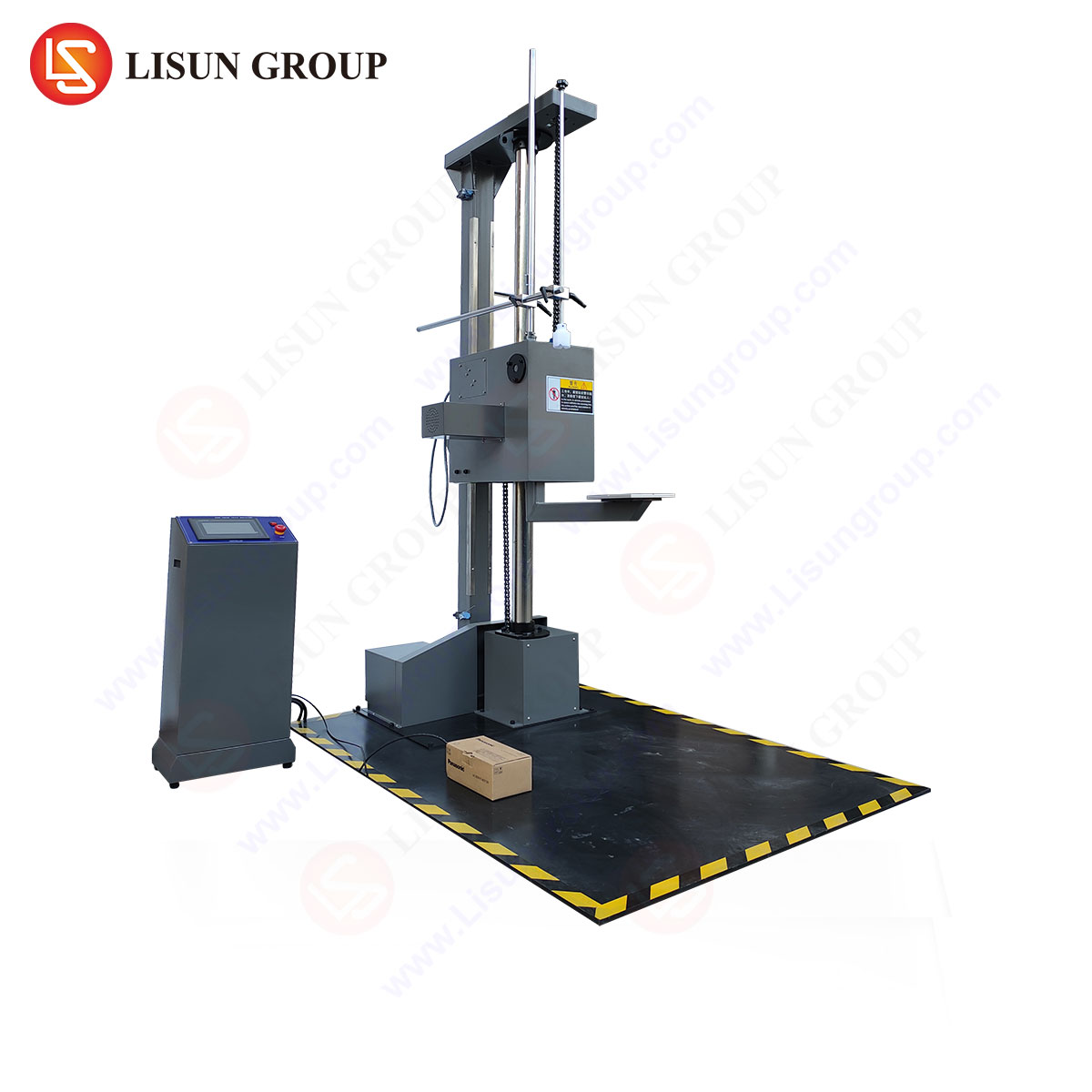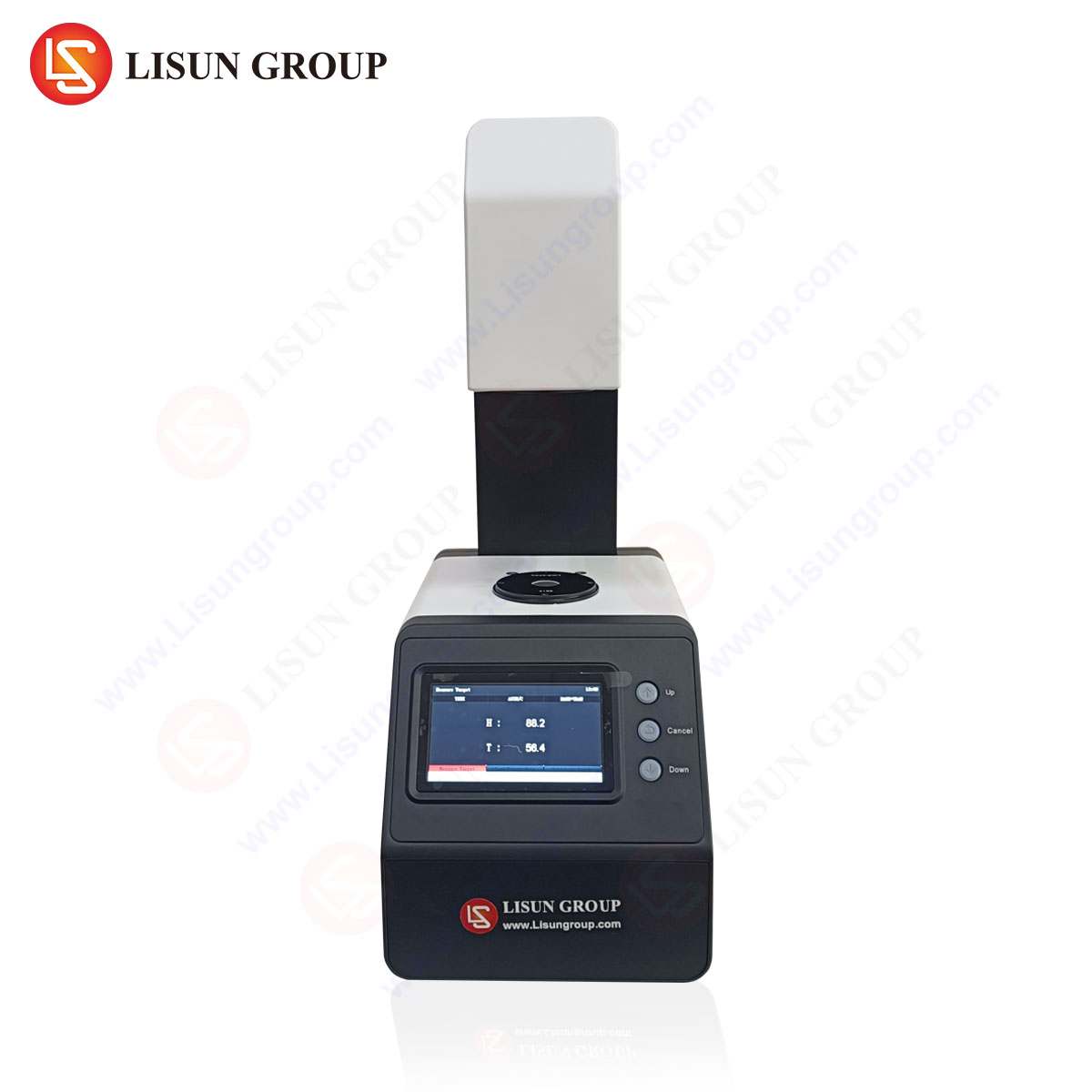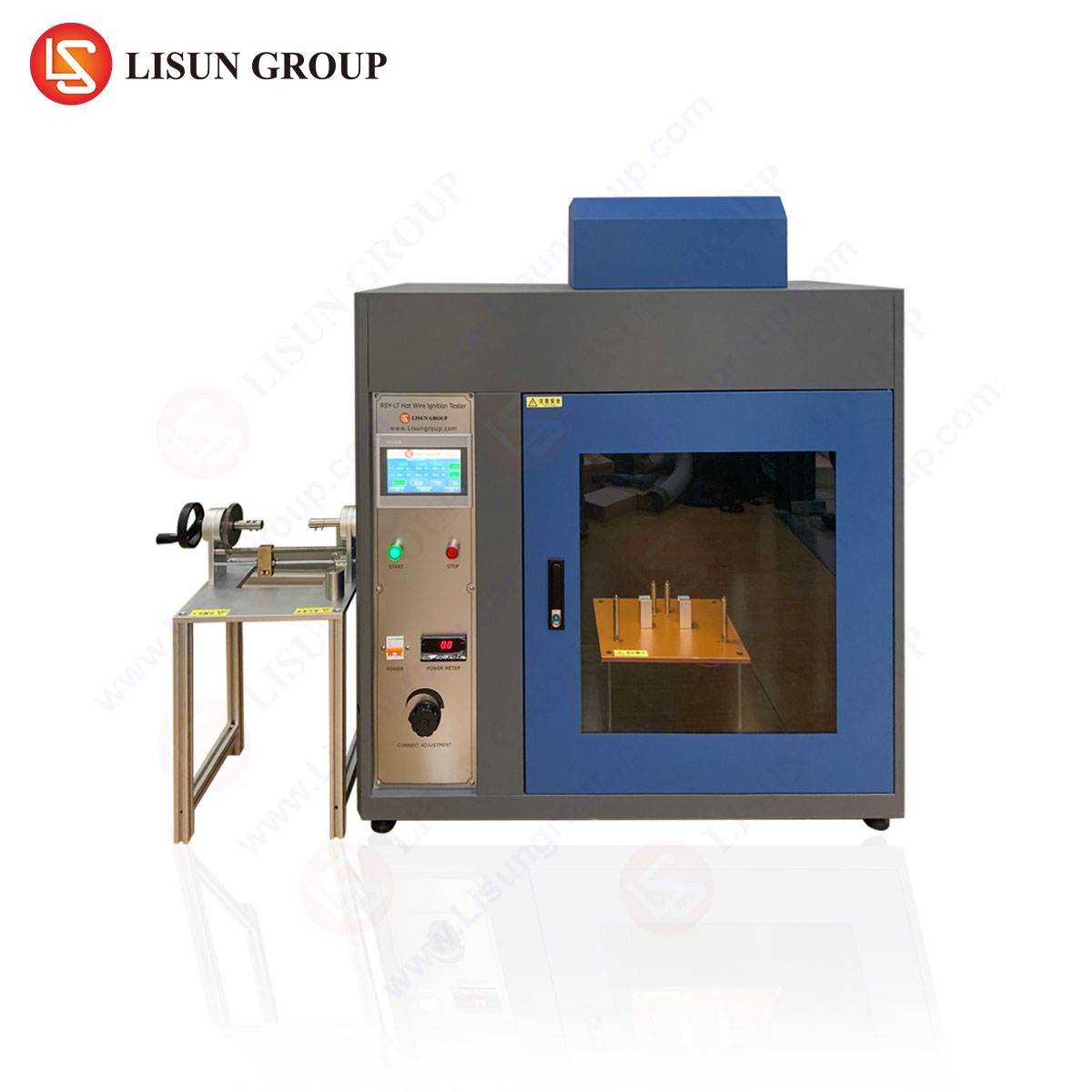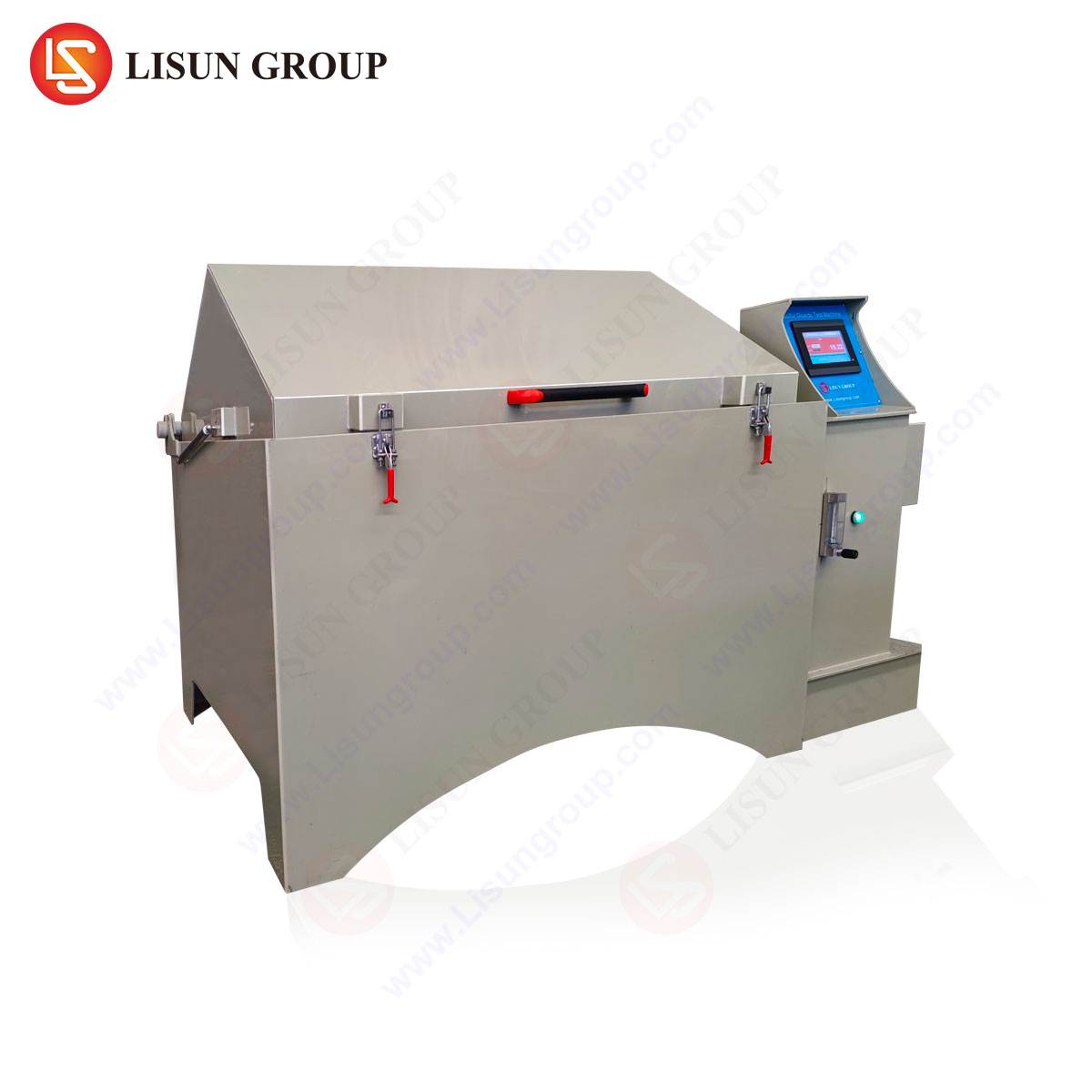Methodologies for Validating Mechanical Robustness Through Standardized Drop Testing
Abstract
The validation of product durability against mechanical shock, particularly that induced by free-fall impacts, is a critical component of the design and qualification process across numerous industrial sectors. International Electrotechnical Commission (IEC) standards provide a rigorous framework for such evaluations, ensuring consistency, reliability, and safety. This technical article examines the principles, methodologies, and applications of drop testing as prescribed by relevant IEC standards. It further explores the role of advanced testing instrumentation, using the LISUN DT-60KG Drop Tester as a paradigm for achieving precise, repeatable, and compliant validation data. The discussion encompasses test configuration, parameter selection, and the critical analysis of results for products ranging from consumer electronics to aerospace components.
The Imperative of Mechanical Shock Validation in Product Design
In the global supply chain, products are subjected to a multitude of mechanical stresses during handling, transportation, and operational life. Among these, the free-fall drop represents a singular, high-impact event capable of causing catastrophic failure. Such failures may manifest as cracked casings, dislodged internal components, fractured solder joints, or compromised electrical integrity. The primary objective of standardized drop testing is to simulate these real-world events under controlled laboratory conditions. This proactive assessment allows design engineers to identify structural weaknesses, validate material selections, and refine packaging solutions long before mass production and distribution. For industries such as medical devices and aerospace, where failure can have severe consequences, this validation is not merely a best practice but a fundamental requirement for regulatory compliance and user safety. Adherence to IEC standards ensures that a product’s robustness is evaluated against a universally accepted benchmark, facilitating market access and enhancing brand reputation for quality.
Deciphering Key IEC Standards Governing Drop Test Protocols
While the term “IEC Standard for Drop Test” is generic, the specific protocol is dictated by the product category and its intended use environment. Several foundational IEC standards incorporate drop testing as a critical component of their environmental and mechanical testing suites.
IEC 60068-2-31, “Environmental testing – Part 2-31: Tests – Test Ec: Rough handling shocks, primarily for equipment-type specimens,” is a cornerstone standard. It provides detailed procedures for evaluating the ability of equipment to withstand the shocks and jolts associated with rough handling. The standard specifies various drop methods, including face, edge, and corner drops, from predetermined heights. The selection of height, number of drops, and orientation is based on the equipment’s weight and expected handling severity.
For information technology equipment, IEC 60950-1 (now largely superseded by IEC 62368-1, the safety standard for audio/video, information, and communication technology equipment) historically contained specific requirements for drop tests on portable equipment. IEC 62368-1 continues this tradition, mandating tests to ensure that enclosures do not become hazardous as a result of an impact.
Other critical standards include IEC 60529 (IP Code for ingress protection), where drop tests may be used to verify that the integrity of an enclosure is maintained after an impact, and various product-specific standards for luminaires (IEC 60598), household appliances (IEC 60335 series), and electrical accessories (IEC 60669 for switches, for instance). These standards often reference the foundational methodologies of IEC 60068-2-31 but tailor the parameters—such as drop height, number of impacts, and surface hardness of the impact plane—to the product’s specific use case.
Fundamental Principles of a Controlled Laboratory Drop Test
The core principle of a laboratory drop test is the conversion of potential energy into kinetic energy upon impact. The test article is raised to a specified height (h), granting it a quantifiable amount of potential energy (PE = mgh, where m is mass and g is acceleration due to gravity). Upon release, this energy transforms into kinetic energy, which is dissipated during the abrupt deceleration upon striking the impact surface. The resulting shock pulse—a short-duration, high-acceleration event—is what the product must withstand.
The fidelity of the test is governed by several controlled parameters. The drop height is the most direct variable, directly correlating with impact velocity. The impact surface characteristics, typically a hardened steel or granite plate, must be specified for rigidity and flatness to ensure consistent energy transfer. The orientation of the specimen upon impact is critical, as different faces, edges, and corners will exhibit distinct structural responses. Finally, the condition of the test specimen—whether it is in its operational state, packaged, or configured in a specific manner—must be meticulously documented. The goal is not to subject the product to random abuse, but to apply a precise, repeatable, and scientifically defensible mechanical insult.
Instrumentation for Compliance: The LISUN DT-60KG Drop Tester
To execute these tests with the required precision, specialized instrumentation is essential. The LISUN DT-60KG Drop Tester exemplifies a system engineered for compliance with IEC and other international standards. This electro-mechanical system is designed to handle specimens up to 60 kilograms, making it suitable for a wide range of products, from small consumer electronics to larger industrial control systems and automotive electronics components.
The tester’s specifications are tailored for rigorous application. Its maximum drop height typically reaches or exceeds 1500 mm, accommodating the stringent requirements for products designed to survive falls from handling heights. The base is constructed from high-strength materials and features a massive, rigid impact plate to meet the standard’s requirement for a non-yielding surface. The release mechanism is a critical component; the DT-60KG employs an electromagnetic or quick-release system that ensures the specimen is dropped without imparting any initial rotation or lateral motion, which could invalidate the test. A safety interlock system is integral, preventing accidental operation and protecting the technician. Durable guide columns guarantee a smooth, friction-minimized vertical descent, ensuring that the energy input is solely a function of the programmed height.
Configuring the DT-60KG for Industry-Specific Test Regimens
The versatility of a tester like the DT-60KG is demonstrated through its application across diverse industries. The configuration process begins with a thorough review of the applicable product standard.
For a smartphone or a telecommunications router (falling under IEC 62368-1), the test would involve multiple drops from a height of, for example, 1 meter onto a hardwood surface. The specimen would be dropped on each face, edge, and corner. The DT-60KG’s precise height adjustment and secure clamping mechanism are essential for accurately targeting these specific impact points.
In the automotive electronics sector, a control unit intended for installation within a vehicle may need to withstand shocks per IEC 60068-2-27. While not always a free-fall test, the principles are similar. However, for in-transit packaging validation of such units, a drop test from a height correlated to distribution hazards would be performed. The 60kg capacity of the tester allows for the evaluation of fully packaged systems.
Testing a industrial switch or socket (per IEC 60669) involves verifying that the housing does not break in a manner that exposes live parts after impact. The DT-60KG would be configured to drop a weighted pendulum impactor onto the installed device, or to drop the device itself, as per the standard’s directive.
For a commercial lighting fixture (IEC 60598), a key test is the robustness of the housing and the protective cover for the light source. A drop test might be specified to ensure that the fixture remains safe if it becomes dislodged from its mounting. The tester’s ability to securely hold and release an irregularly shaped object is paramount here.
Interpreting Test Outcomes and Correlating Data to Field Performance
The post-test analysis is as critical as the test execution itself. A simple pass/fail criterion based on immediate catastrophic failure is often insufficient. A comprehensive evaluation includes a visual inspection for cracks, deformations, or finish damage; a functional check to ensure all electrical and mechanical operations perform within specification; and, if instrumented, an analysis of the shock response spectrum experienced by critical internal components.
The data derived from a standardized test, when performed on equipment like the DT-60KG, provides a quantitative basis for design iteration. For instance, if a medical device housing cracks after a corner drop, the engineer can correlate the exact impact energy and orientation with the failure mode. This allows for targeted reinforcement of that specific area in the next design revision. This iterative process of “test, analyze, and improve” is fundamental to developing products that not merely survive but are certified as reliable under defined stressful conditions. The repeatability of the test apparatus ensures that improvements can be objectively measured against the baseline failure.
Comparative Advantages of a Dedicated Drop Testing System
Utilizing a dedicated system like the DT-60KG offers significant advantages over ad-hoc or improvised testing methods. The foremost advantage is repeatability. The guided fall ensures that every test is performed identically, eliminating variables introduced by manual dropping. This is essential for generating reliable data that can be used for comparative analysis and for meeting the strict validation requirements of certification bodies.
Precision is another key benefit. The accurate height setting and controlled release mechanism guarantee that the intended energy level is delivered to the specimen. Safety is dramatically enhanced through engineered restraints and interlocks, protecting both the operator and the equipment from the hazards of a high-energy impact. Finally, compliance is streamlined. Certification laboratories require evidence that testing was conducted in accordance with the standard’s stipulations regarding equipment calibration and capability. A calibrated DT-60KG provides the necessary documentation trail to support a product’s declaration of conformity.
Conclusion: Integrating Standardized Testing into the Product Lifecycle
Drop testing per IEC standards is not an isolated event but an integral part of a comprehensive product validation strategy. It bridges the gap between theoretical design and proven real-world durability. By employing sophisticated and reliable instrumentation such as the LISUN DT-60KG Drop Tester, manufacturers across the electrical, electronic, and industrial sectors can obtain definitive data on the mechanical robustness of their products. This practice mitigates the risk of field failures, reduces warranty costs, and ultimately accelerates the development of safer, more reliable goods for the global market. The objective data generated fosters continuous improvement in material science, structural design, and manufacturing processes, driving innovation forward under the aegis of internationally recognized safety and quality benchmarks.
Frequently Asked Questions (FAQ)
Q1: How does the DT-60KG ensure a truly free-fall release without imparting spin or drag?
The DT-60KG utilizes an electromagnetic release mechanism. The test specimen is securely held by a magnet or a specialized fixture that is energized. Upon command, the magnet is instantaneously de-energized, releasing the specimen without any mechanical linkage that could cause rotation. The vertically aligned, low-friction guide columns ensure the specimen descends straight down without lateral movement or drag, fulfilling the “free-fall” requirement of standards like IEC 60068-2-31.
Q2: For a product that must be tested in its operational state (powered on), how is this accommodated?
The DT-60KG can be configured with a quick-disconnect umbilical system or a wireless monitoring setup. This allows the specimen to be connected to its power source and monitoring equipment during the raising and release sequence. The connections are designed to detach cleanly milliseconds before impact, ensuring the test article is in a free state upon contact while allowing for continuous functional monitoring up to the point of impact and immediate post-impact assessment.
Q3: Our product standard specifies a “hardwood surface” for the impact. Can the DT-60KG accommodate this?
Yes. While the standard configuration includes a hardened steel plate for maximum rigidity, the DT-60KG’s base is designed to allow for the installation of alternative impact surfaces as mandated by specific standards. A certified hardwood block of the specified thickness and density can be securely affixed to the base plate to meet the requirements of standards such as those for certain consumer electronics.
Q4: What is the importance of the 60kg capacity, and what types of products does this encompass?
The 60kg capacity significantly expands the scope of testable products beyond small portable devices. It encompasses larger and heavier items such as packaged industrial control systems, automotive battery management units, large power supplies, substantial telecommunications equipment, flight case-enclosed aerospace components, and fully assembled office equipment like printers. This capacity ensures that a single testing system can serve multiple product lines within a manufacturing facility.
Q5: How is the calibration of the drop height verified to ensure compliance?
The DT-60KG features a precision height scale and a fine-adjustment mechanism. Calibration is typically verified using a certified height gauge or laser distance measurement tool traceable to national standards. The calibration process confirms that the set height on the tester’s scale corresponds accurately to the actual distance the specimen falls before impact, a critical factor for the validity of the test energy calculation. Regular calibration intervals are recommended to maintain compliance.






